Tanzanian Ruby: Gemstone and Jewelry
Gemstones are known for their beauty, value, and durability. Among the most valuable and sought-after gemstones is the Ruby. It is a red-colored gemstone that is known for its brilliance and high value. Rubies can be found in many countries around the world, but one of the most notable sources of rubies is Tanzania. Tanzania is a country located in East Africa and is known for its diverse wildlife, scenic beauty, and vibrant culture. One of the less-known treasures of Tanzania is its Ruby. In this article, we will explore the history of Tanzanian Ruby, its characteristics, and its use in jewelry.

History of Tanzanian Ruby:
Tanzania has a long history of producing high-quality gemstones, including Ruby. The first discovery of Ruby in Tanzania was made in the early 1960s in the Umba Valley in the northeastern part of the country. However, it was not until the 1990s that Ruby mining in Tanzania gained momentum. Tanzania’s Ruby deposits are confined to two key areas: the Matombo and Winza deposits.
The Matombo deposit is located in the Tunduru district in Ruvuma province. It is believed to be one of the largest Ruby deposits in Tanzania, with an estimated reserve of over 50 million carats of Ruby. The Matombo deposit is unique because it is found in metamorphic rocks, unlike other deposits where they are found in igneous rocks. The Winza deposit, on the other hand, is located in the Singida region of central Tanzania.
This deposit is believed to be younger than the Matombo deposit and is unique because the Rubies found there are different in color from those found in other deposits in Tanzania. The Rubies found in Winza are pinkish-red in color, giving them a unique identity in the international market.

Characteristics of Tanzanian Ruby:
Tanzanian Rubies are known for their beauty and unique characteristics. They are usually bright red in color, which is caused by the presence of chromium. The color ranges from a vivid red to a deep, almost black color. Tanzanian Rubies are also known for their clarity and brilliance, with fewer inclusions than Rubies found in other parts of the world.
The hardness of Tanzanian Ruby makes them ideal for use in jewelry as they withstand everyday wear and tear. They score a 9 on the Mohs Hardness Scale, making them one of the hardest substances known to man. Tanzanian Rubies are also incredibly durable, which means that they can last for years without losing their beauty.

Uses of Tanzanian Ruby in Jewelry:
Tanzanian Rubies have been used in jewelry for many years due to their beauty and value. Ruby is one of the birthstones for the month of July, which makes it a popular choice for birthday presents and anniversary gifts. It is also the traditional gift for couples celebrating their 40th wedding anniversary. Ruby has been used in different types of jewelry, including rings, pendants, bracelets, and earrings.
They can be set in gold, silver, or platinum, and can be combined with other gemstones to create unique and beautiful pieces of jewelry. One of the most famous examples of a piece of jewelry that uses Tanzanian Ruby is the Carmen Lucia Ruby, which is the largest faceted Ruby in the National Gem Collection. The Ruby weighs 23.1 carats and is set in a platinum ring with diamonds. The Ruby was named after the collector, Carmen Lucia, who donated the gemstone to the Smithsonian Institution.

Value of Tanzanian Ruby:
Tanzanian Rubies are among the most valuable gemstones in the world. The value of Ruby is determined by its color, clarity, and carat weight. Tanzanian Rubies are considered to be some of the finest Rubies in the world due to their unique characteristics. The value of Tanzanian Ruby has increased significantly over the years due to their limited supply and high demand. Tanzanian Ruby accounts for a significant portion of Tanzania's mineral exports, which has contributed to the country's economy.

Tanzania is a country rich in natural resources, and Ruby is one of the valuable gemstones produced in the country. Tanzanian Rubies are known for their unique color, clarity, and durability, making them ideal for use in jewelry. The value of Tanzanian Ruby has increased significantly over the years due to their limited supply, increasing demand, and unique characteristics. As the demand for Tanzanian Ruby continues to grow, it is important to ensure that mining practices are sustainable and do not harm the environment or the people involved in the mining process.




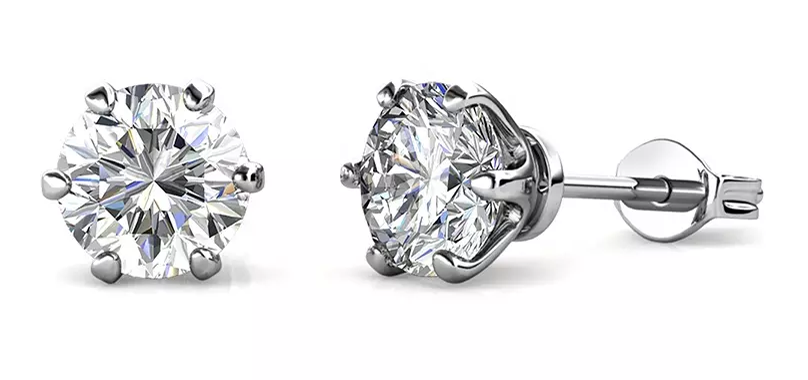
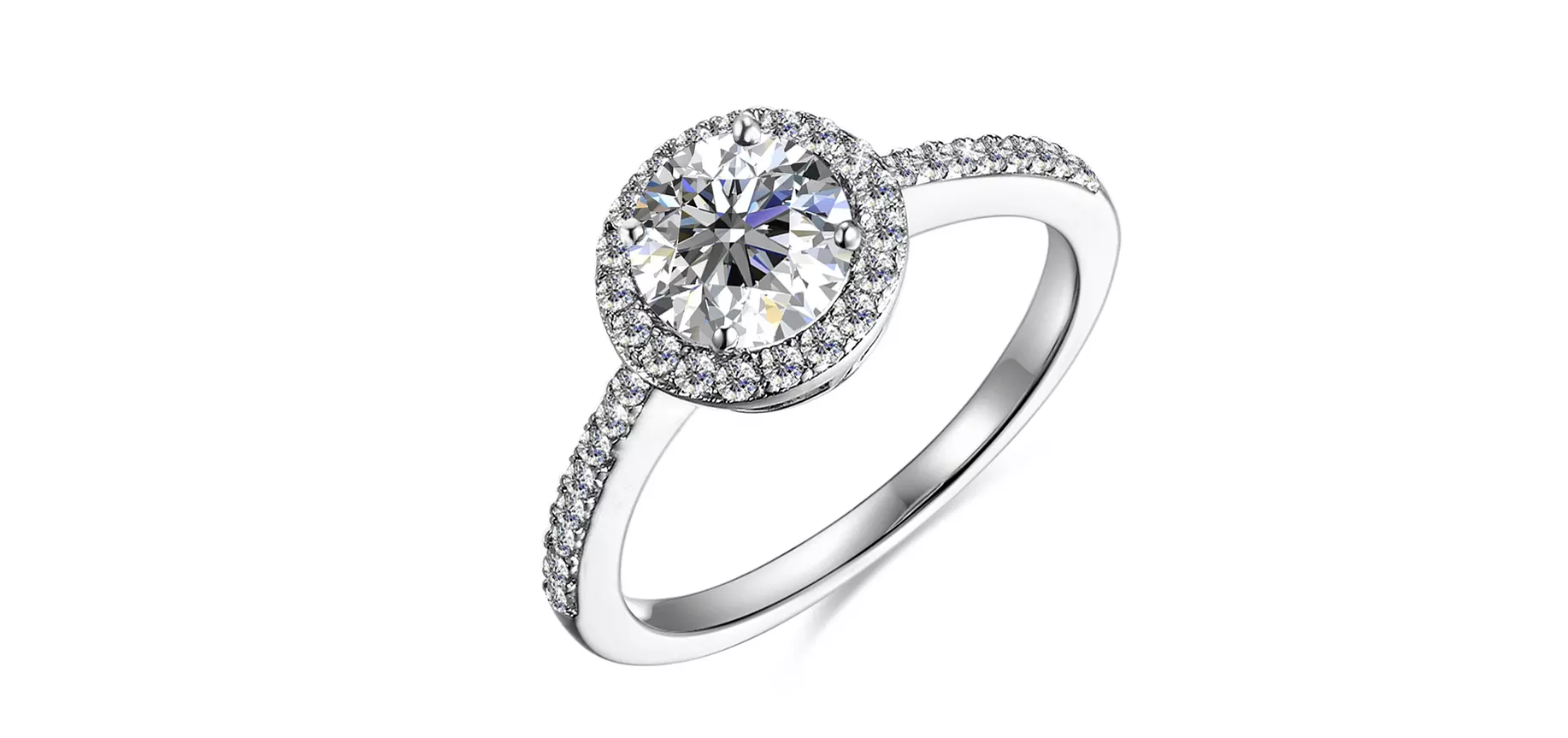
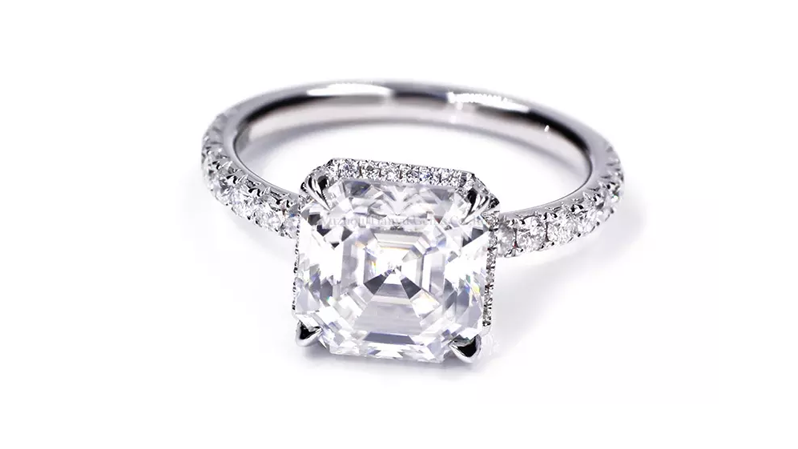
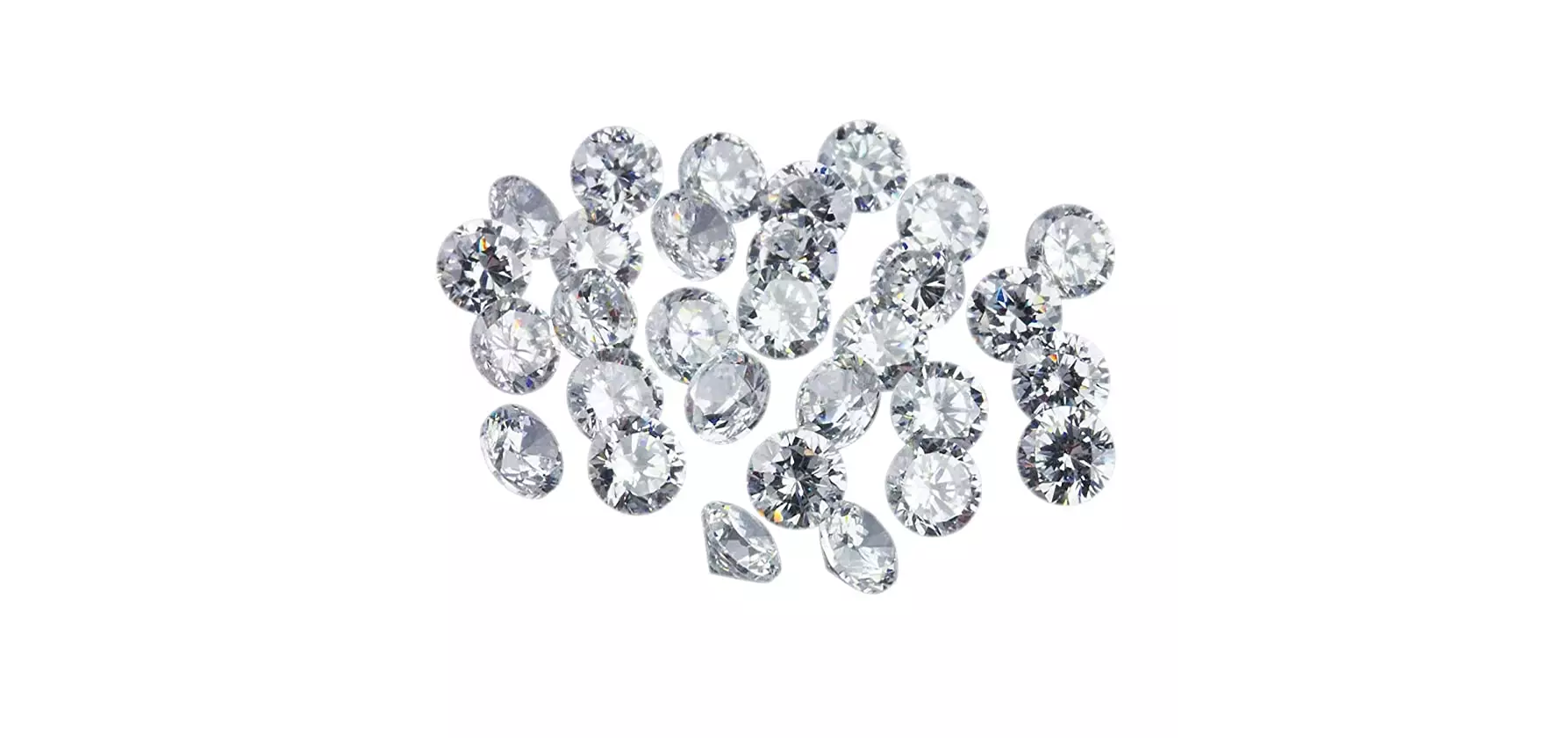
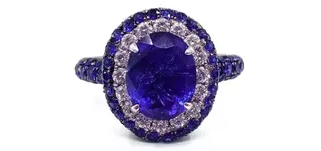
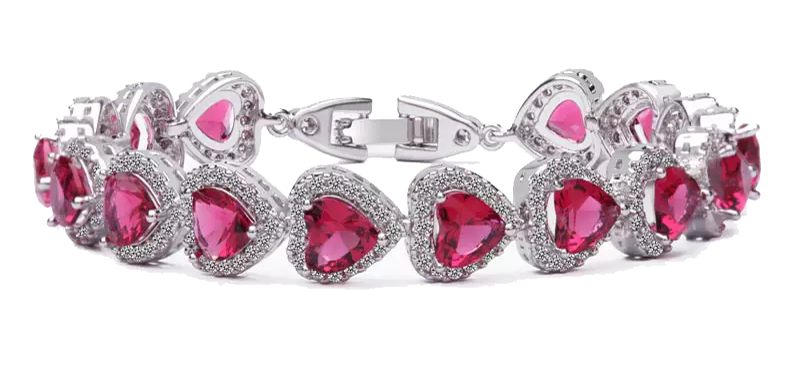
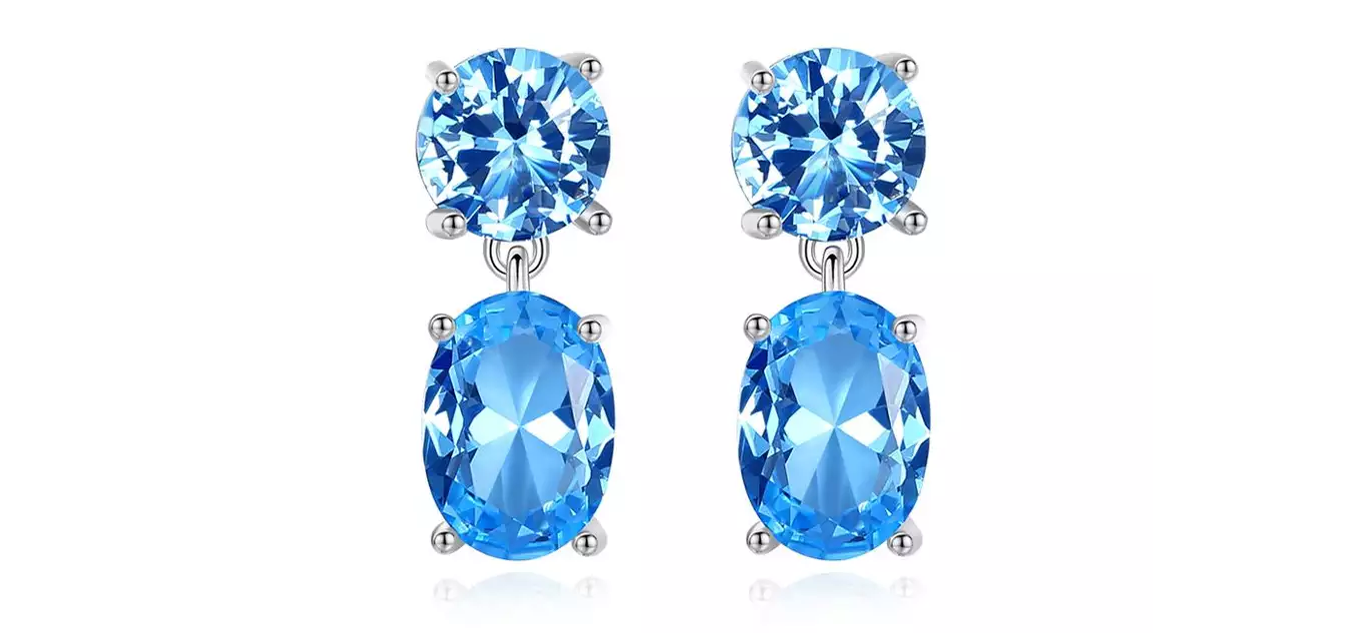
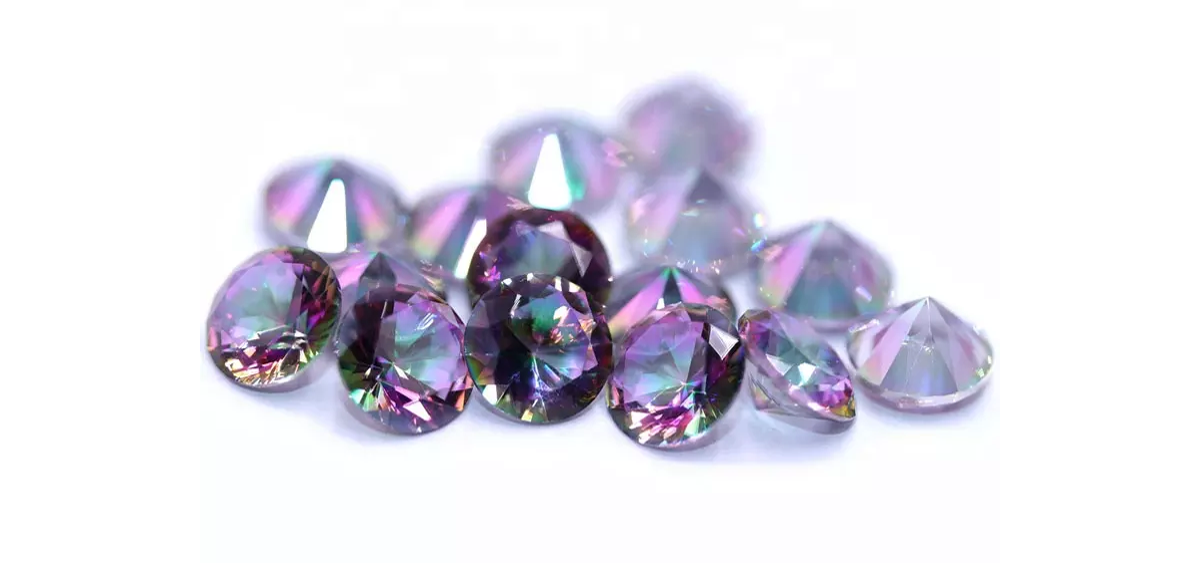
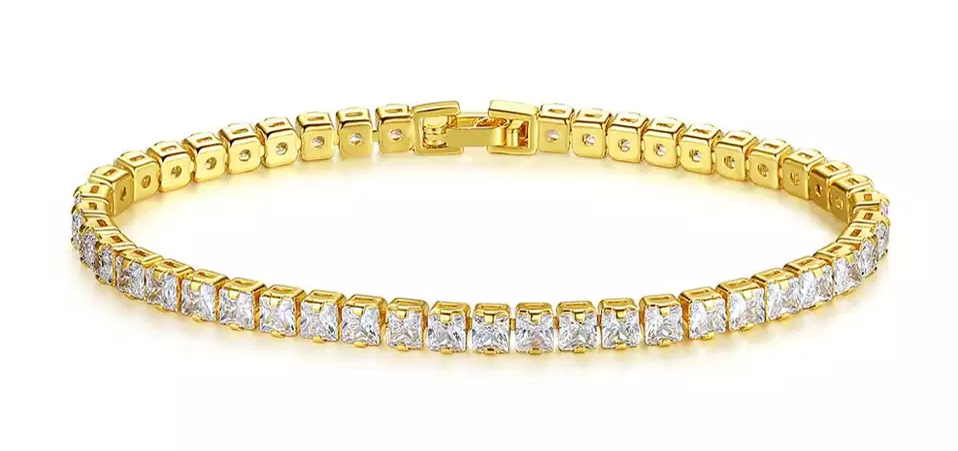
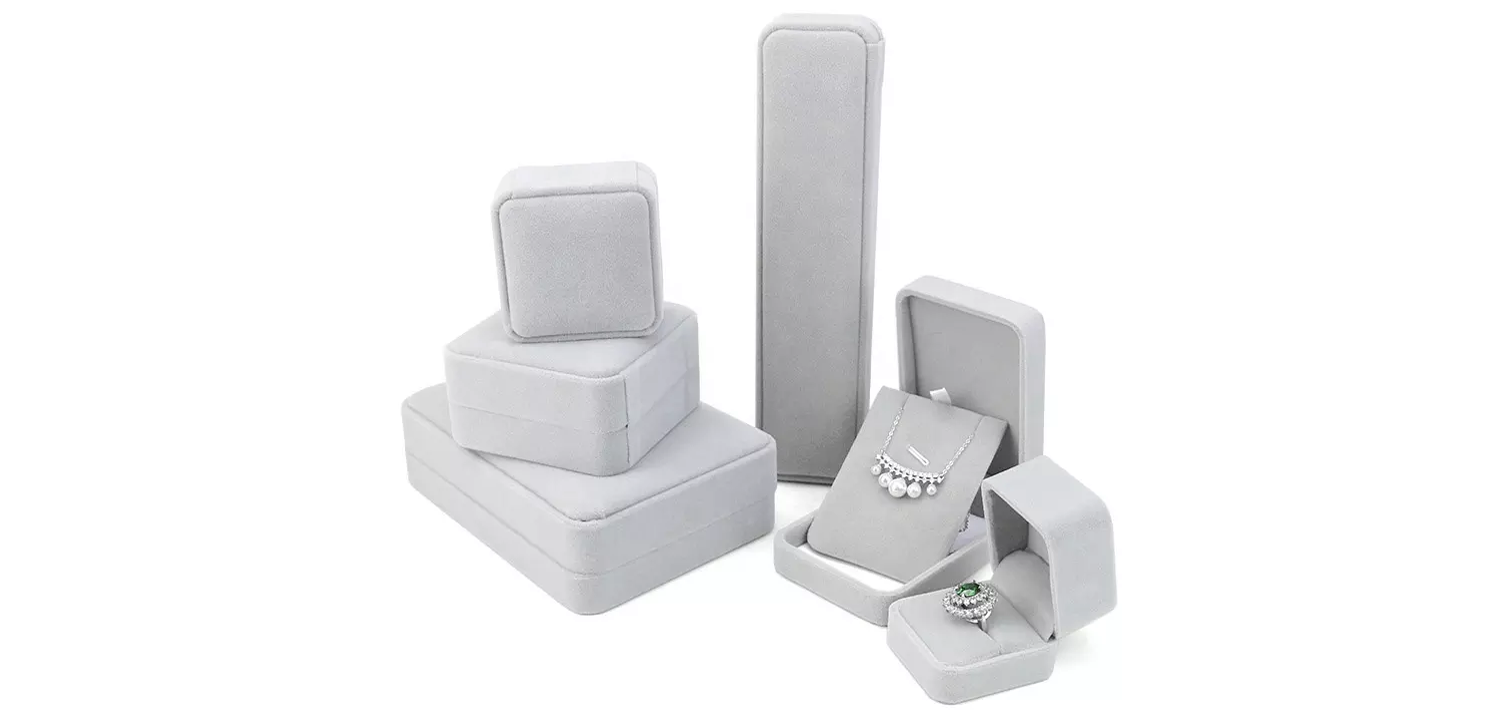
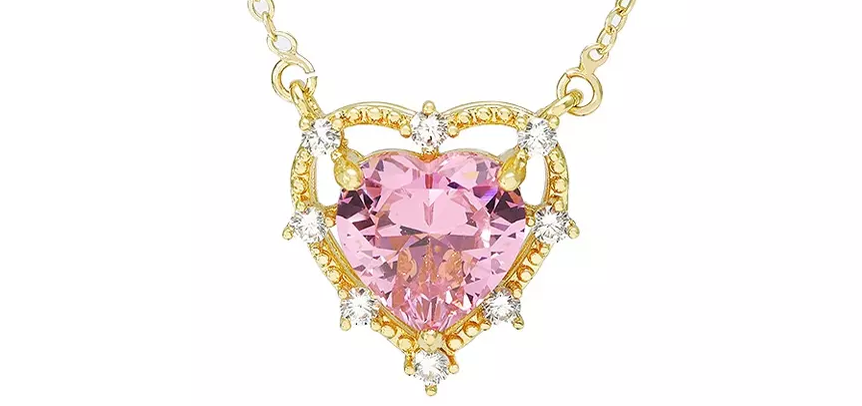
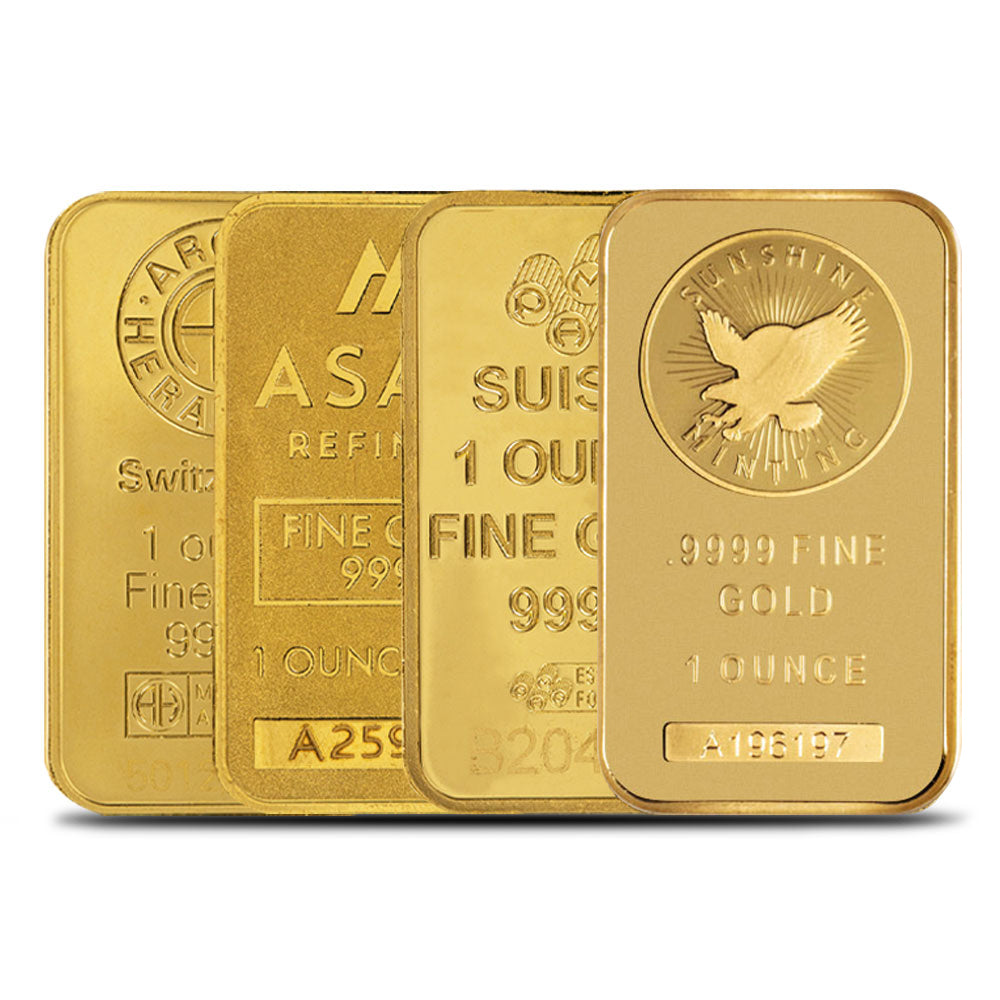
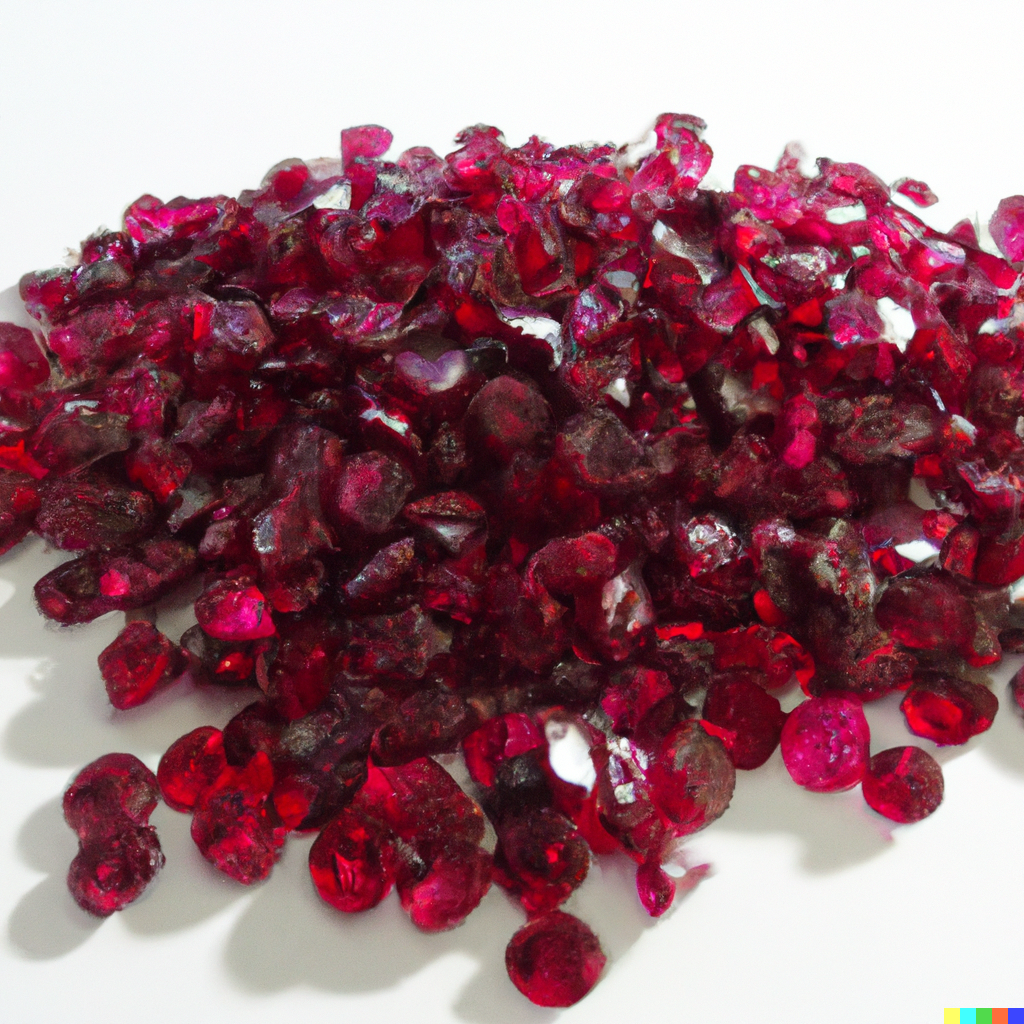
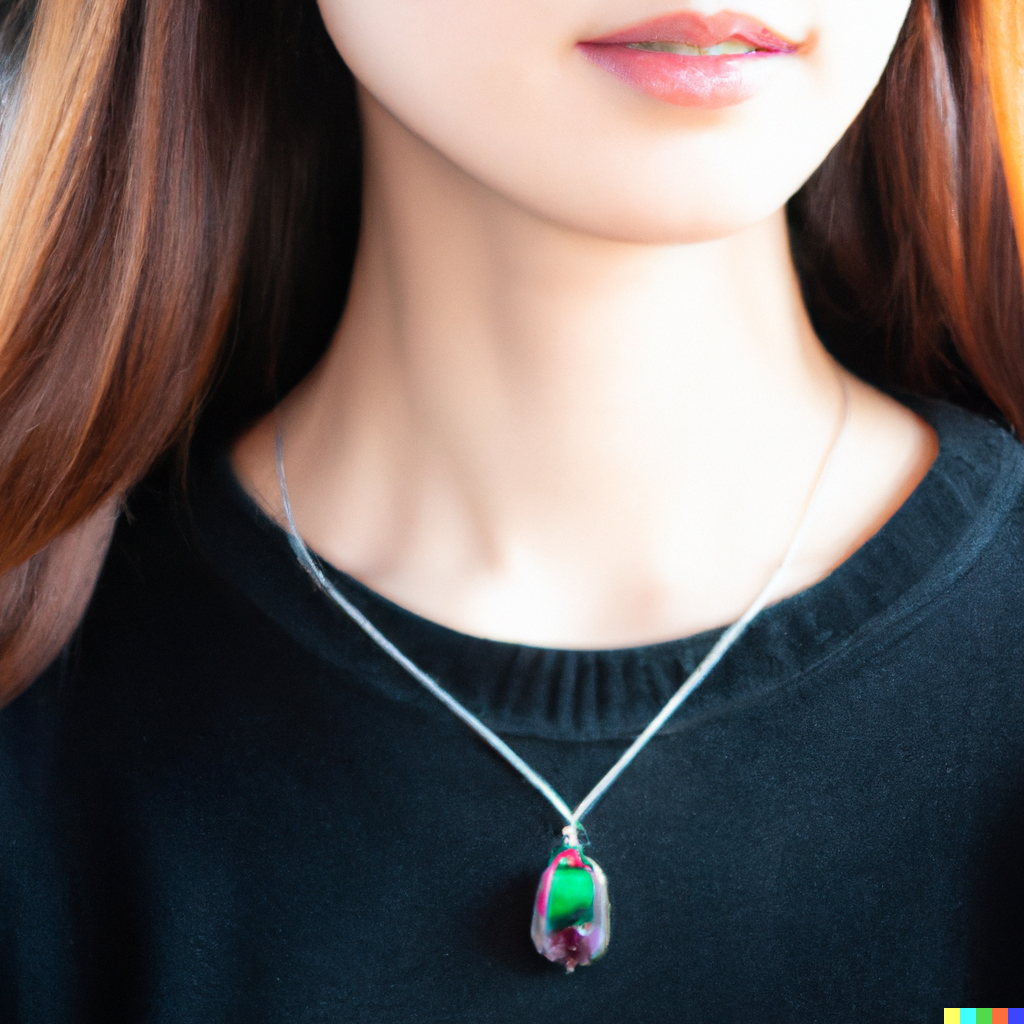
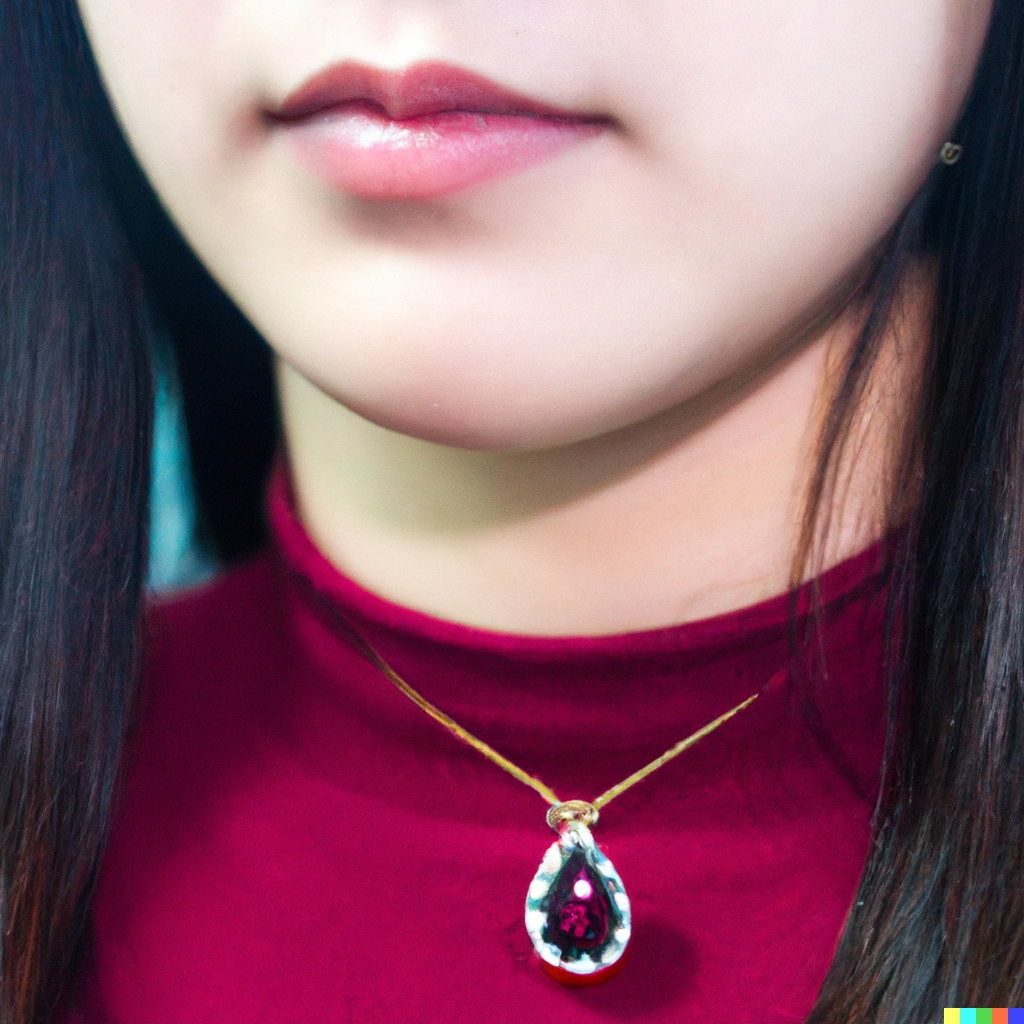
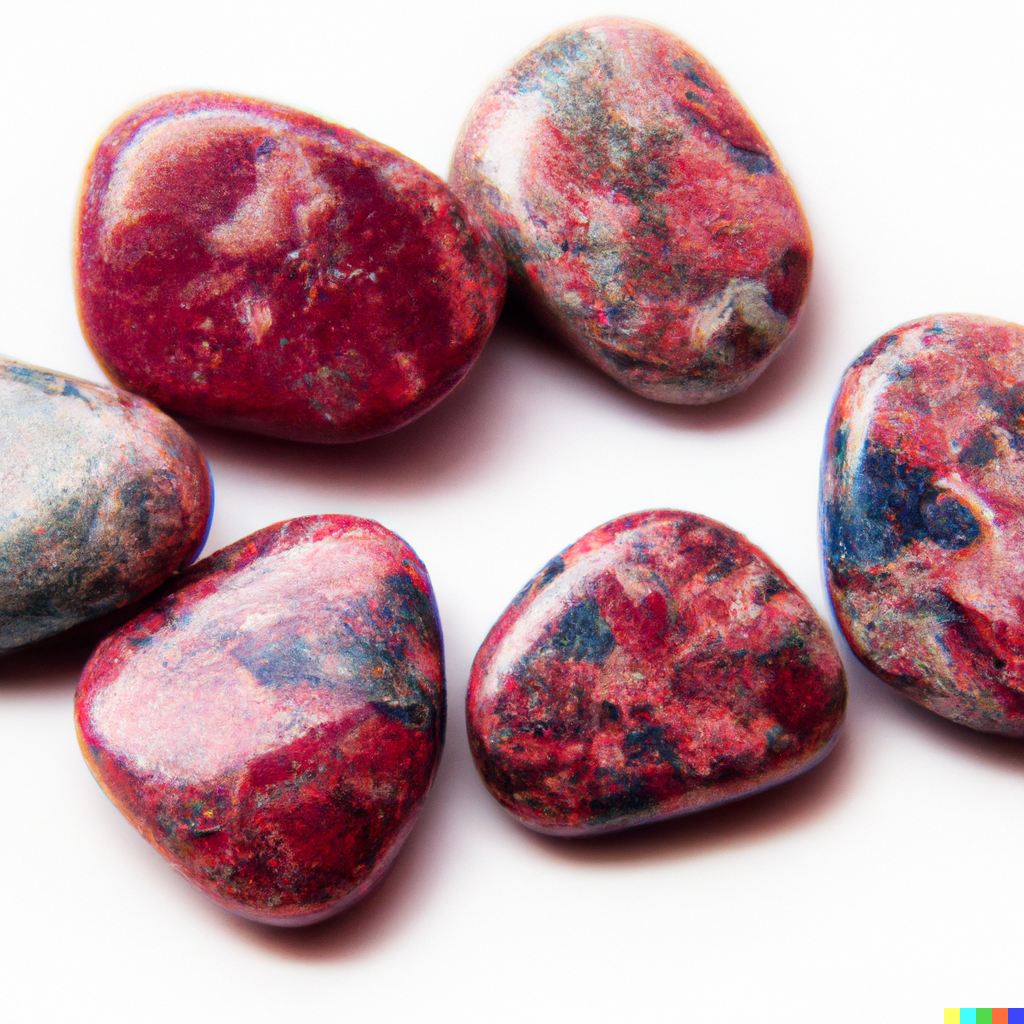
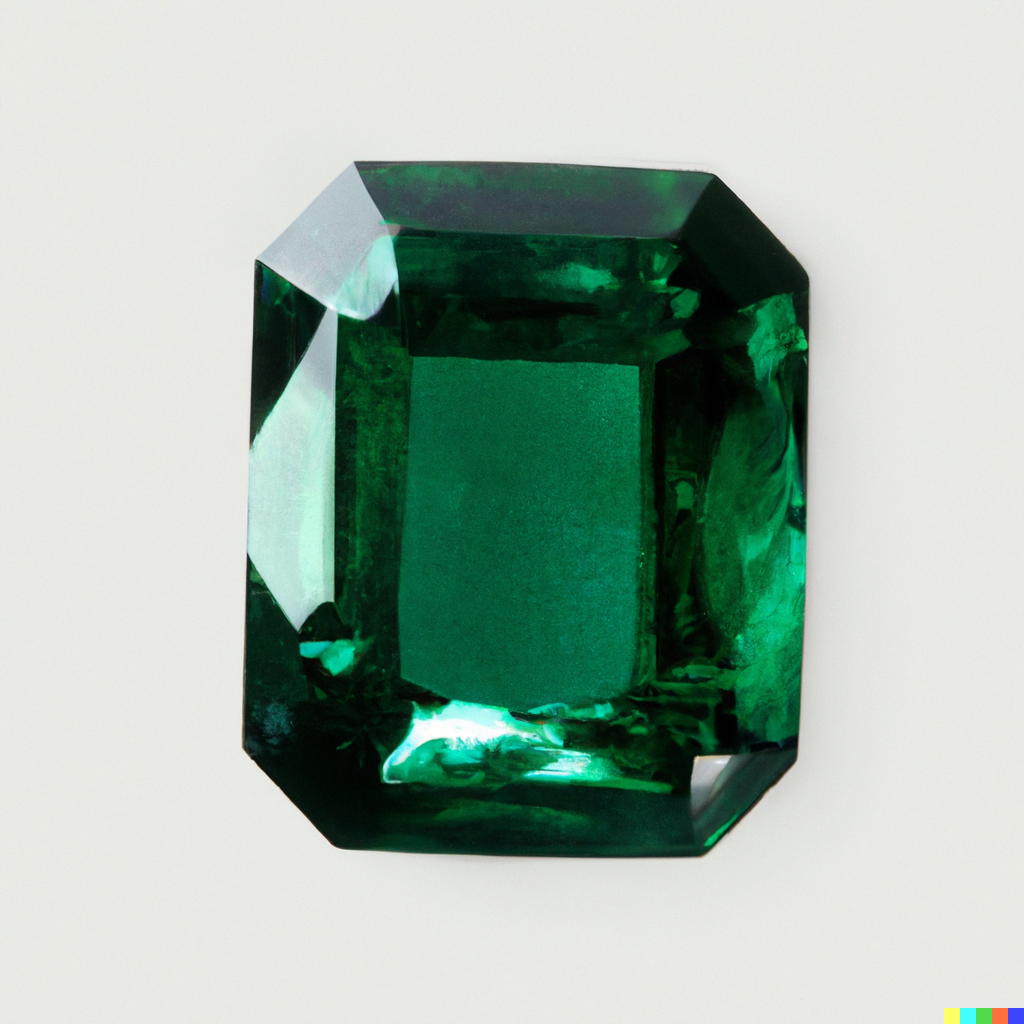
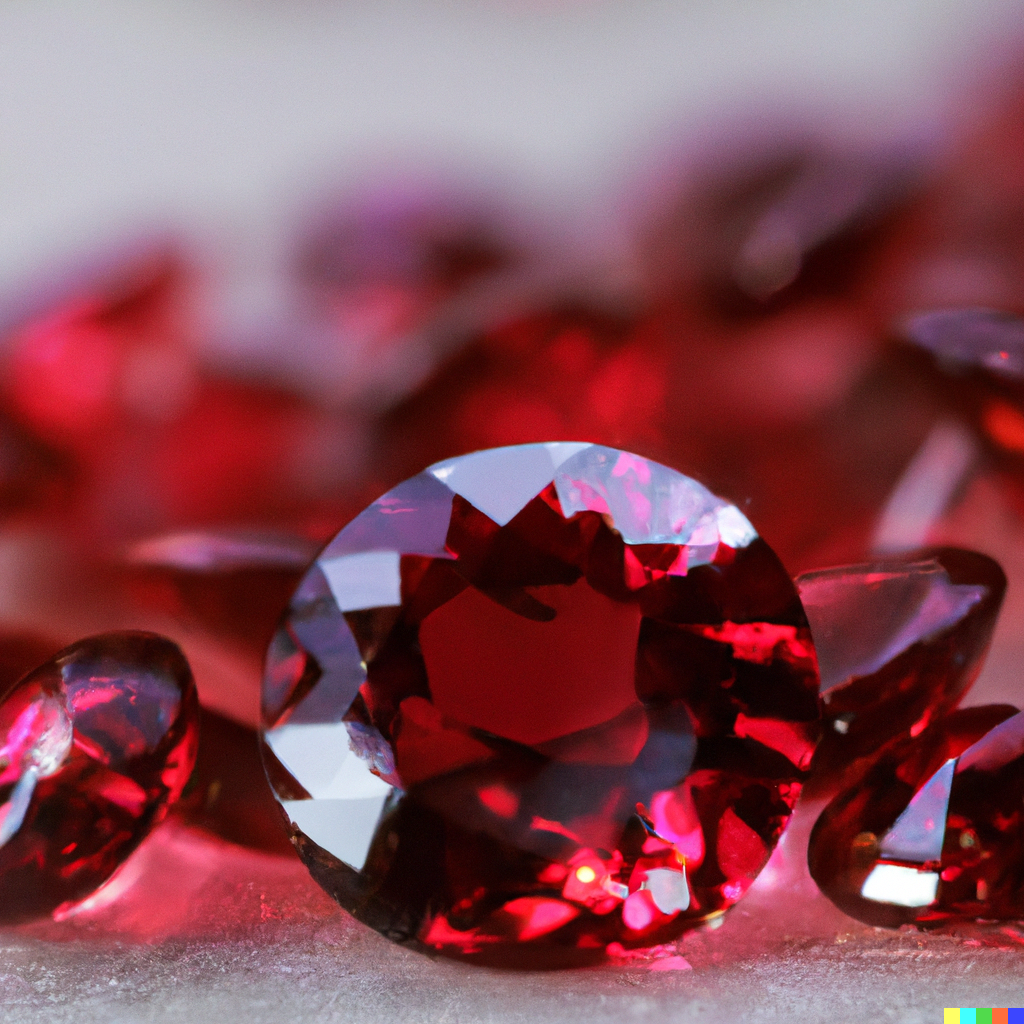
Leave a comment